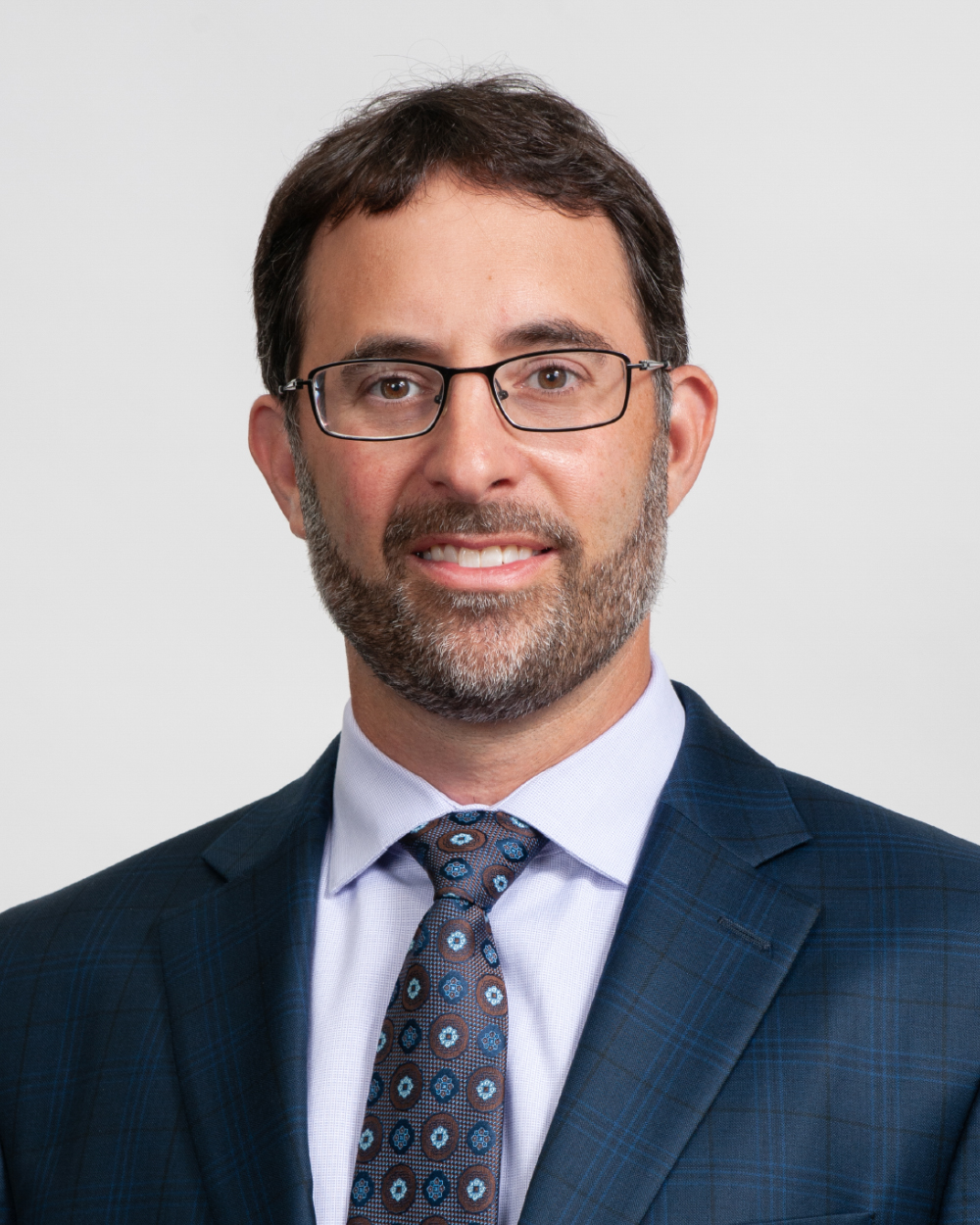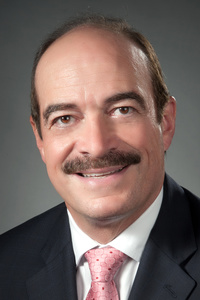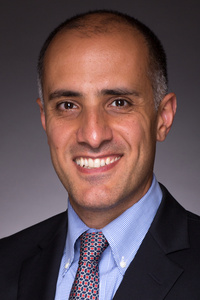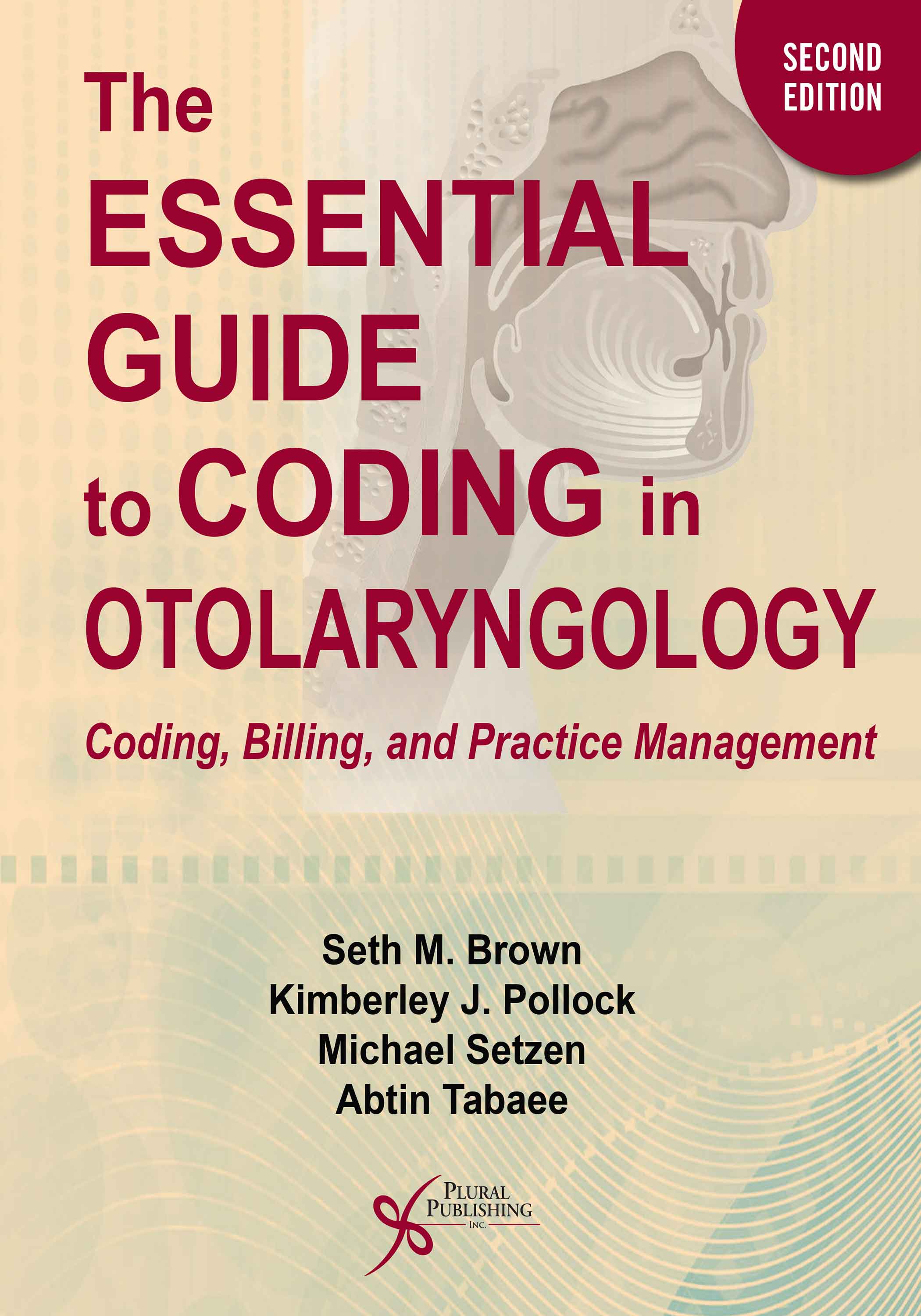
The Essential Guide to Coding in Otolaryngology: Coding, Billing, and Practice Management
Second Edition
Seth M. Brown, Kimberley J. Pollock, Michael Setzen, Abtin Tabaee
Details: 441 pages, B&W, Spiral Bound, 8.5" x 11"
ISBN13: 978-1-63550-381-4
© 2022 | Available
Purchase
The Essential Guide to Coding in Otolaryngology: Coding, Billing, and Practice Management, Second Edition is a comprehensive manual on how to properly and compliantly code for both surgical and non-surgical services. It is a practical guide for all otolaryngology providers in the United States, including physicians early in their career requiring a working knowledge of the basics, experienced providers looking to understand the latest updates with ICD-10-CM and CPT changes, related specialists (audiology, speech pathology, and physician extenders) providing otolaryngologic health care, and office administrative teams managing coding and billing. Included are sections on how to approach otolaryngology coding for all subspecialties in both the office and operating room. Foundational topics, such as understanding the CPT and ICD-10-CM systems, use of modifiers, managing claim submissions and appeals, legal implications for the provider, coding for physician extenders, and strategies to optimize billing, are presented by experts in the field.
Focused on a practical approach to coding, billing, and practice management, this text is user-friendly and written for the practicing physician, audiologist, speech pathologist, physician extender, and coder. The income and integrity of a medical practice is tied to the effectiveness of coding and billing management. As profit margins are squeezed, the ability to optimize revenue by compliant coding is of the upmost importance. The Essential Guide to Coding in Otolaryngology: Coding, Billing, and Practice Management, Second Edition is vital not only for new physicians but for experienced otolaryngologists.
New to the Second Edition
- Strategies for integrating revised guidelines for coding and documenting office visits
- New and evolving office and surgical procedures, including Eustachian tube dilation and lateral nasal wall implants
- Updated coding for endoscopic sinus surgery and sinus dilation
- Billing for telehealth visits
- Revision of all sub-specialty topics reflecting changes in coding and new technologies
- New and revised audiologic diagnostic testing codes
Key Features
- All chapters written by practicing otolaryngologists, health care providers, practice managers, legal experts, and coding experts
- Discussion of the foundations of coding, billing, and practice management as well as advanced and complex topics
- Otolaryngology subspecialty-focused discussion of office-based and surgical coding
- Tips on how to code correctly in controversial areas, including the use of unlisted codes
- A robust index for easy reference
From the Forewords
“...I am so pleased that my colleagues are updating their textbook with this new edition, as there have been recent significant changes in coding regulations. I am also pleased that it is written primarily for the practicing physician and otolaryngologic provider and edited by practicing physicians (Drs. Brown, Setzen and Tabaee) and Kim Pollock, a leading coding/billing expert who has served as a consultant for Otolaryngology–Head and Neck Surgeons with medical billing and coding issues for many years. With the recent rule changes and the increasing importance of documentation, this book is particularly timely and essential.”
—Michael G. Stewart, MD, MPH, FACS
“...Just as it is complicated to learn and practice otolaryngology-head and neck surgery, coding seems to be equally complicated, technical and often times imperfect. Nonetheless, understanding the system and utilizing proper coding and documentation is essential while inaccurate coding can have significant consequences. It is incumbent on the clinician to understand the language of coding and be able to communicate with non-clinicians through their documentation and proper coding (and sometimes even verbally or in written form!) This volume comes at a critical time to help explain the changes in Evaluation and Management coding as well as several new codes specific to procedures within our specialty. Fortunately, the editors and authors of The Essential Guide to Coding in Otolaryngology have spent many years considering the nuances of our specialty, some have taught thousands of our colleagues and staff how to properly apply these important principles, while others have been directly involved in the creation and valuation of codes. We are fortunate that they have chosen to come together to share their collective wisdom and create this reference for our benefit.”
—Ronald B. Kuppersmith, MD, MBA, FACS
Reviews
“A new chapter ‘The Office Visit’ reports of local changes to coding and regulation, but what impressed is that these were introduced as recently as January 2021. Later chapters focus on our subspecialties with titles such as ‘Office Rhinology, Laryngology, Otology, Paediatric Otolaryngology and Facial Plastic Surgery’. Then comes coverage of specific surgical coding, even including robotic surgery, all with nicely updated references. Highly topical, mid pandemic, is Chapter 12 ‘Billing and Coding for Telehealth Visits’. Again, the authors and publishers deserve praise for this section supported by nine references, two dated 2020 and the rest 2021.
At a time when new texts are few and far between, all who contributed are to be congratulated on the speed with which this has appeared in print.”
—Liam M Flood, FRCS, FRCSI, in the Journal of Laryngology & Otology (November 2021)
“This text is a timely reference for all otolaryngologists and otologists and neurotologists on current aspects of billing and coding. The book is divided into three sections: (1) Basics of Coding and Billing, (II) Office-Based Otolaryngology, and (III) Surgical Otolaryngology. Section I on basics is an excellent overview of the current basis for billing codes and mechanisms of public policy in creating Current Procedural Terminology (CPT) and E and M codes for office visits, procedures, and hospital care.
For otologists, Chapter 17 Office Otology (Benjamin Wycherly), Chapter 18 Audiology (Debra Abel), Chapter 23 In-Office Imaging (Gavin Setzen, Mary Lally, and Michelle Netoskie), Chapter 27 Operative Otology (James Lin), and Chapter 31 Skull Base Surgery (Jack Shohet) are particularly relevant…
…The presentation qualities of the book are excellent with a large size, wire ring binding of 441 pages, making it easy to refer from the table of contents and index to specific sections. Also, the authors include the work relative value unit of each procedure and the global period for each procedure, which makes this a handy reference. This textbook is an excellent reference for all otolaryngologists and has sections that make it particularly useful to the otologists and neurotologist.”
–Moisés Arriaga, MD, MBA, Louisiana State University, in Otology & Neurotology (December 2022)
"[The Essential Guide to Coding in Otolaryngology] is an excellent and essential reference for all otolaryngology providers and practices seeking to optimize their knowledge and revenue potential.
The content is highly relevant to otolaryngology services provided by nurse practitioners and serves as a valuable resource for office staff, such as surgery schedulers, who often seek assistance in understanding codes.”
–Maria Colandrea, DNP, NP-C, CORLN, FAANP, FFNMRCSI, in the Society of Otolaryngology-Head & Neck Nurses (September 2024)
Foreword by Michael G. Stewart, MD, MPH, FACS
Foreword by Ronald B. Kuppersmith, MD, MBA, FACS
Preface
About the Editors
Acknowledgments
Contributors
Section I. Basics of Coding and Billing
Chapter 1. Introduction
Natalie R. Loops
Chapter 2. Navigating the CPT® Book
Teri Romano
Chapter 3. Navigating ICD-10-CM Codes
Linda Galocy
Chapter 4. Health Policy
Richard W. Waguespack
Chapter 5. Successful Strategies in Billing
Karen A. Zupko
Chapter 6. Strategic Appeals: Managing Denied Claims
Kimberley J. Pollock
Chapter 7. Legal Issues: Management Strategies and Avoiding Pitfalls
Patricia S. Hofstra and Alison T. Rosenblum
Chapter 8. Billing Guidelines for Nonphysician Practitioners and Teaching Physicians
Sarah Wiskerchen
Chapter 9. The Office Visit
Betsy Nicoletti and Kimberley J. Pollock
Chapter 10. Coding for Hospital Care
Kimberley J. Pollock and Betsy Nicoletti
Chapter 11. Demystifying Modifiers
Kimberley J. Pollock
Chapter 12. Billing and Coding for Telehealth Visits
Jennifer Bell
Section II. Office-Based Otolaryngology
Chapter 13. Office Rhinology
Seth M. Brown and Abtin Tabaee
Chapter 14. Otolaryngic Allergy
Gavin Setzen and Michelle Netoskie
Chapter 15. Office Laryngology
John W. Ingle and Clark A. Rosen
Chapter 16. Speech Pathology
Manderly Cohen and Michael Setzen
Chapter 17. Office Otology
Benjamin J. Wycherly
Chapter 18. Audiology
Debra Abel
Chapter 19. Office Facial Plastic Surgery
Sarah M. Kidwai and Amit D. Bhrany
Chapter 20. Office Head and Neck Surgery
Chetan Y. Safi and Marc A. Cohen
Chapter 21. Office Pediatric Otolaryngology
Kaitlyn B. Zenner, John P. Dahl, and Sanjay R. Parikh
Chapter 22. Office Sleep Medicine
Anit T. Patel
Chapter 23. In-Office Imaging
Gavin Setzen, Mary Lally, and Michelle Netoskie
Section III. Surgical Otolaryngology
Chapter 24. Basics of Surgical Coding
R. Peter Manes and Seth M. Brown
Chapter 25. Operative Rhinology
Justin P. McCormick and Jivianne T. Lee
Chapter 26. Operative Laryngology
Babak Sadoughi and Lucian Sulica
Chapter 27. Operative Otology
James Lin
Chapter 28. Operative Facial Plastic Surgery
Jeffrey D. Wilcox and Rebecca E. Fraioli
Chapter 29. Operative Head and Neck Surgery
Betty Y. Chen, Arun Sharma, Pardis Javadi, and Brendan C. Stack, Jr.
Chapter 30. Reconstructive Head and Neck Surgery
Adam S. Jacobson, Babak Givi, and Neal D. Futran
Chapter 31. Skull Base Surgery
Belachew Tessema and Jack A. Shohet
Chapter 32. Robotic Surgery
Justin R. Shinn, Steven B. Cannady, Bert W. O’Malley Jr., Gregory S. Weinstein, and Jason G. Newman
Chapter 33. Operative Pediatric Otolaryngology
Jay R. Shah
Chapter 34. Operative Sleep Surgery
Fred Y. Lin
Index
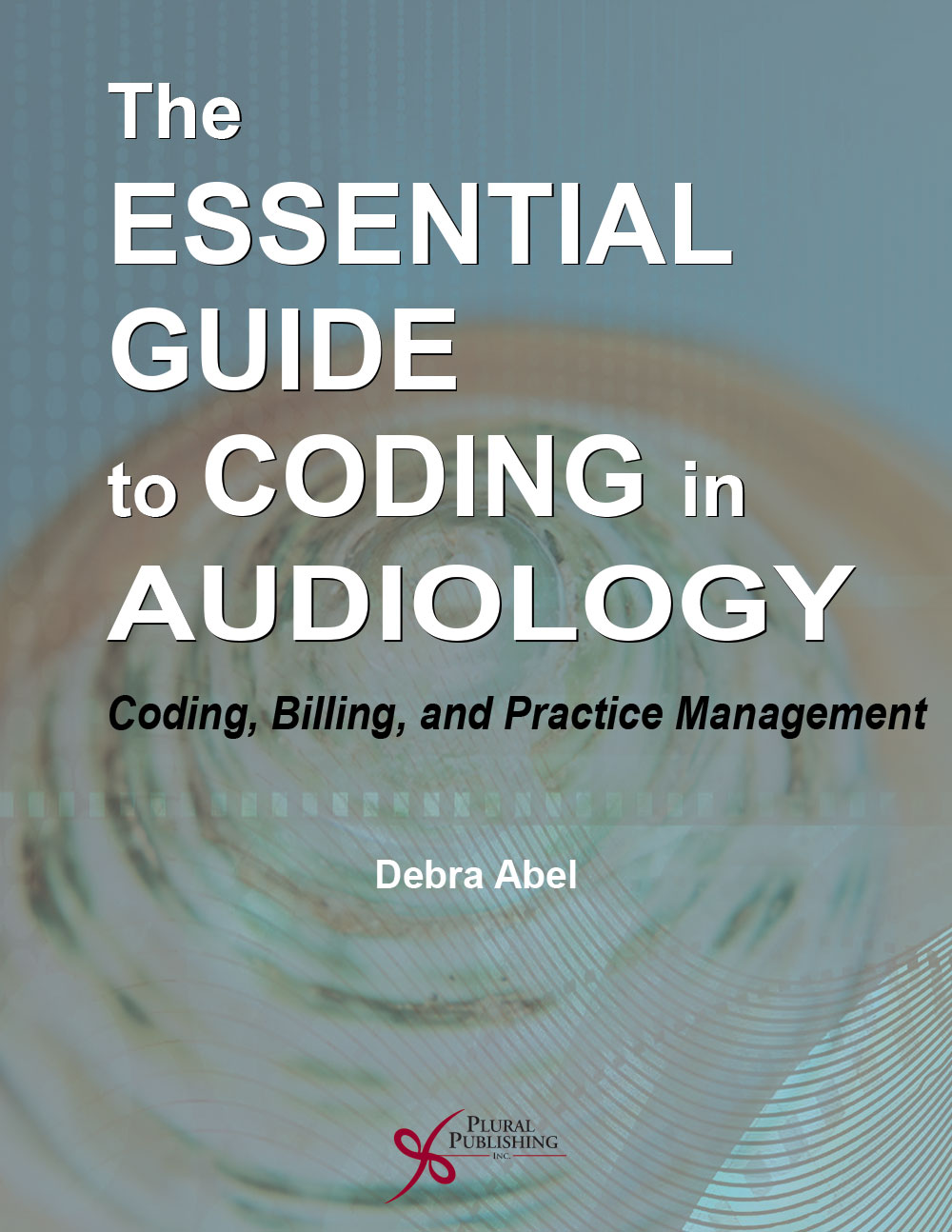
The Essential Guide to Coding in Audiology: Coding, Billing, and Practice Management
First Edition
Debra Abel
Details: 114 pages, B&W, Spiral Bound, 8.5" x 11"
ISBN13: 978-1-59756-893-7
© 2018 | Available

Scary Cases in Otolaryngology
First Edition
Michael P. Platt, Kenneth M. Grundfast
Details: 256 pages, Full Color, Softcover, 7" x 10"
ISBN13: 978-1-59756-654-4
© 2017 | Available
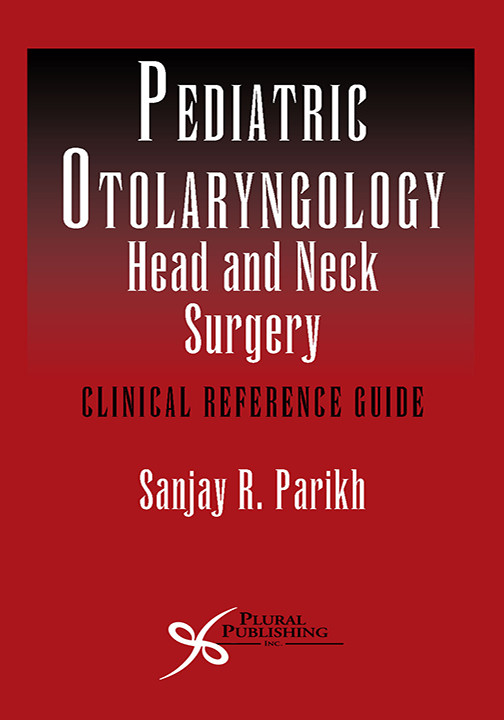
Pediatric Otolaryngology-Head and Neck Surgery: Clinical Reference Guide
First Edition
Sanjay R. Parikh
Details: 752 pages, B&W, Softcover, 4.5" x 8"
ISBN13: 978-1-59756-528-8
© 2014 | Available
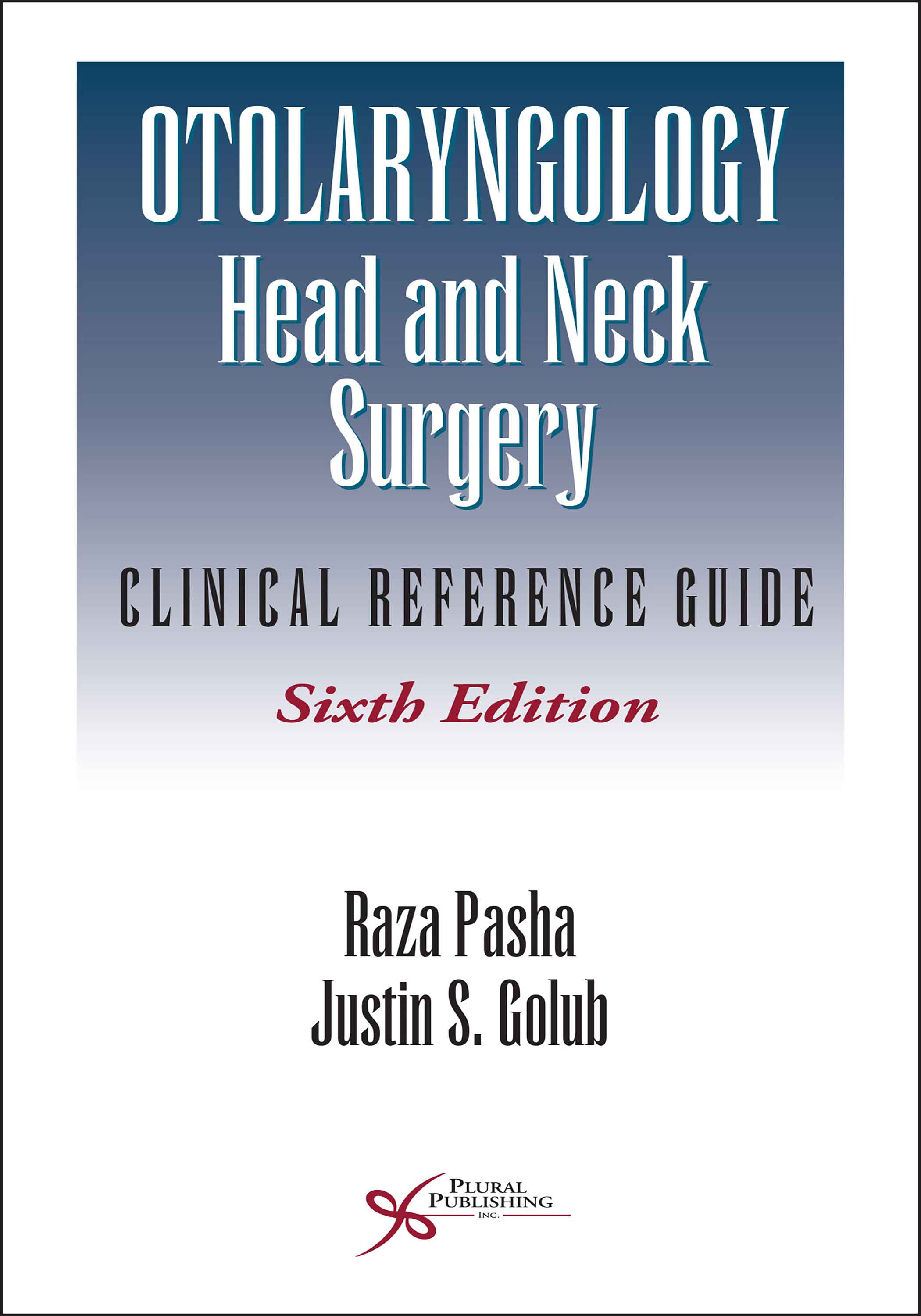
Otolaryngology-Head and Neck Surgery: Clinical Reference Guide.
Sixth Edition
Raza Pasha, Justin S. Golub
Details: 769 pages, B&W, Softcover, 4.5" x 8"
ISBN13: 978-1-63550-337-1
© 2022 | Available

